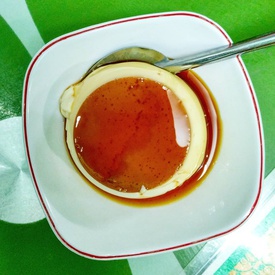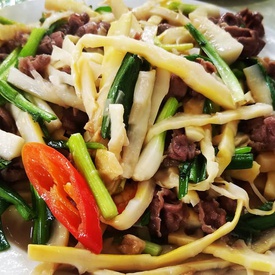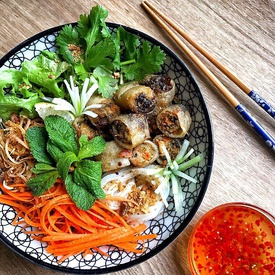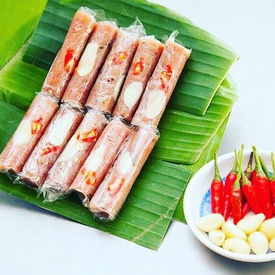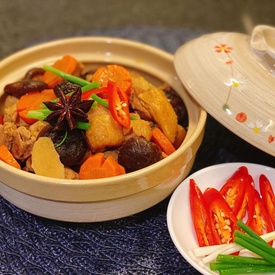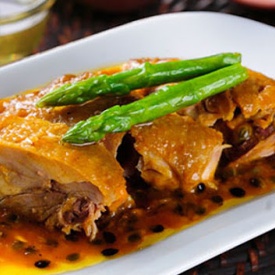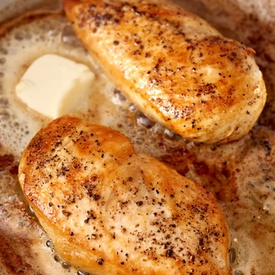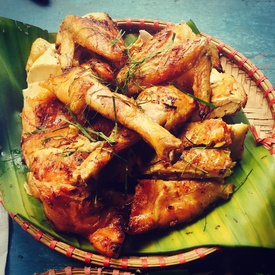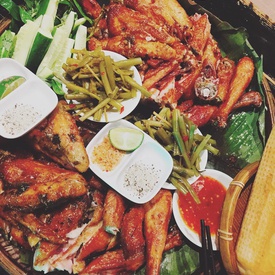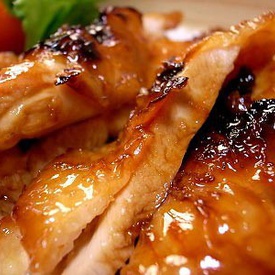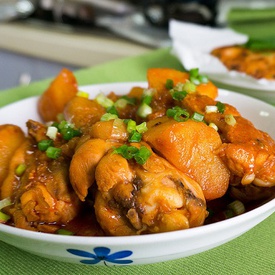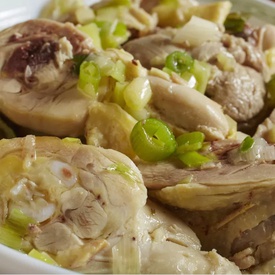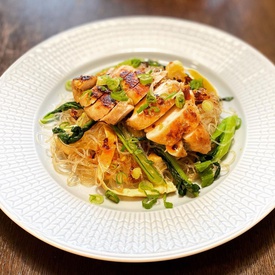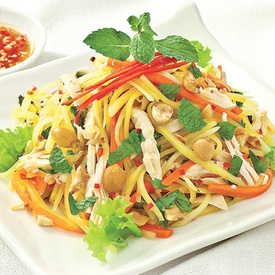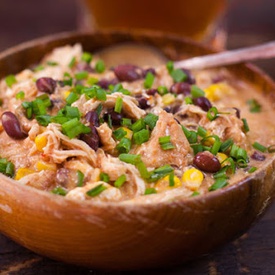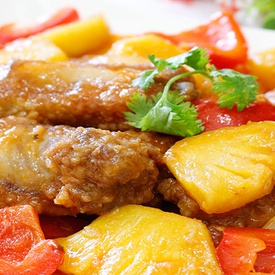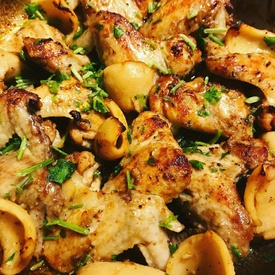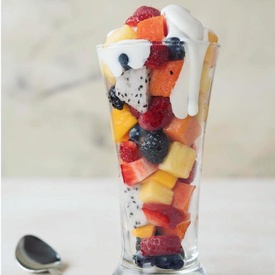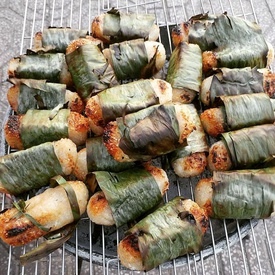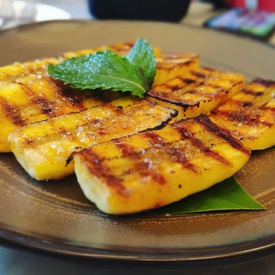Vietnamese Food Recipes
Frequently asked questions
Is Vietnamese cooking difficult?
Yes and no.
Vietnamese cooking is generally more intricate than many Western cuisines, especially in the preparation phase. For example, crafting traditional spring rolls involves more than ten ingredients, a trend that also applies to Pho and Banh Mi.
Once you've gathered your ingredients, the cooking process can be fun for some and overwhelming for others. Making spaghetti is straightforward—just boil noodles and prepare a sauce—whereas Pho requires sourcing spices like ginger, cloves, star anise, and shallots, which are then grilled and infused into a fragrant broth. The dish combines noodles, broth, shredded chicken, or thinly sliced beef, topped with fresh herbs.
For those outside Vietnam, creating authentic Vietnamese dishes can be challenging due to the limited availability of certain ingredients.
What is the healthiest Vietnamese food?
The healthiest Vietnamese foods are primarily vegetable-based dishes. Vietnam’s tropical climate and varied altitudes provide an abundant selection of fresh vegetables and herbs. Many of these are lightly boiled and served with soy sauce or fish sauce, resulting in meals that are not only nutrient-dense but also low in calories. This combination makes Vietnamese cuisine both delicious and beneficial for health.
What does "nước mắm" mean?
"Nuoc mam" translates to fish sauce.
This essential ingredient is a staple in Vietnamese cuisine. It enhances the flavor of braised meats and fish as a salt substitute and serves as a popular dipping sauce for various Vietnamese dishes. In many recipes, nuoc mam adds depth and complexity, often combined with lime, sugar, and chili or garlic to create a perfect balance of tangy, salty, and sweet flavors.
Is turmeric used in Vietnamese cooking?
Turmeric is a staple in Vietnamese cuisine, known for its vibrant color and health benefits. Some popular dishes featuring turmeric include:
- Hoi An Chicken Rice
- Oc om chuoi dau (snail stew with green bananas)
- Bun moc (noodle soup with pork meatballs)
What are common ingredients in Vietnamese food?
Vietnamese food often includes fish sauce, herbs, garlic, lemongrass, rice noodles, pork, chicken, seafood, and fresh vegetables.


